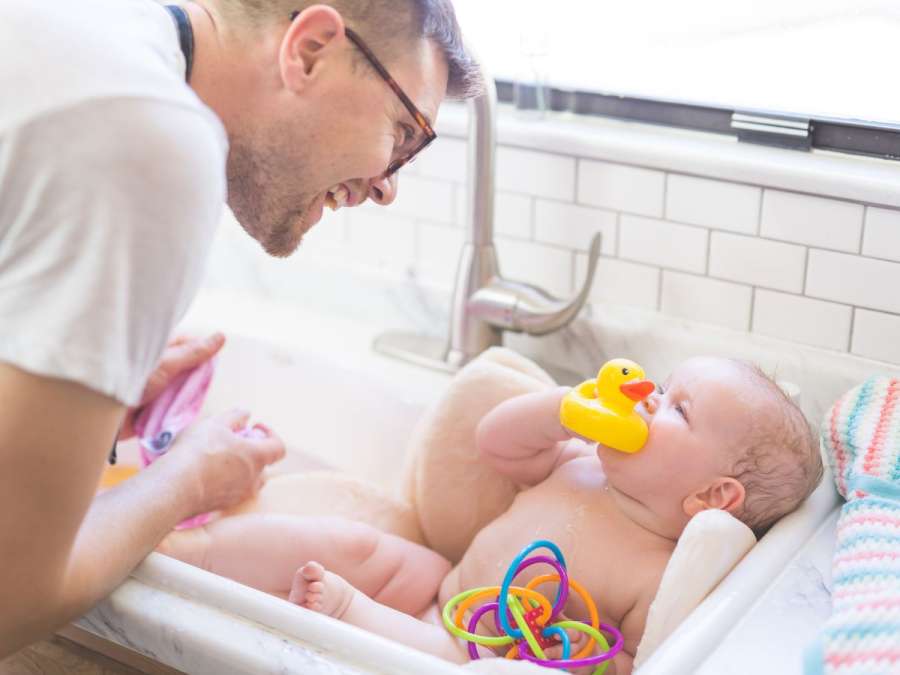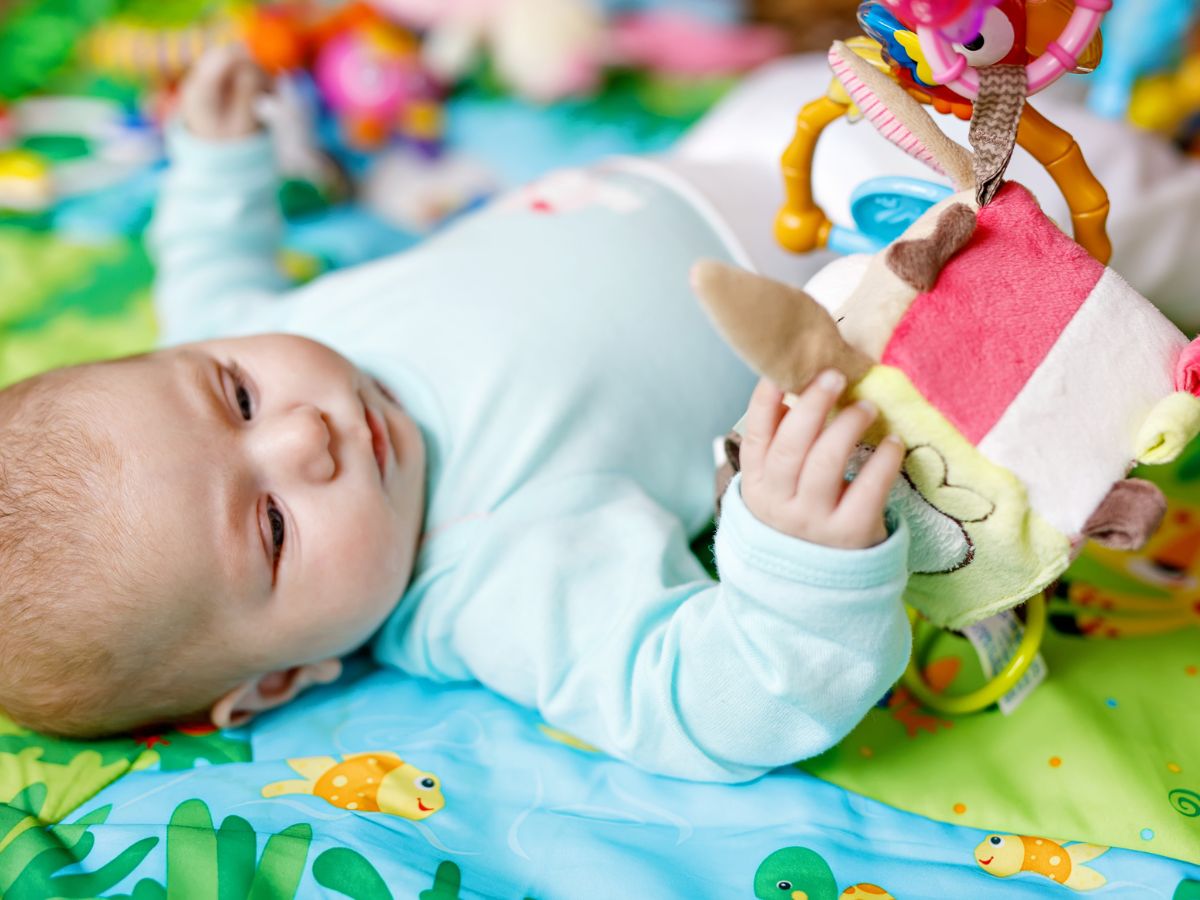Infants are born with an innate sense of wonder and curiosity. As parents and caregivers, it is your role to build and support their budding curiosity. In this article, we will explore activities that can help you nurture your infant’s curiosity. These activities set the foundation for a lifetime of learning and exploration.
Nurturing an infant’s curiosity is an essential aspect of early childhood development. Babies are natural explorers from the moment they open their eyes to the world, driven by an innate sense of wonder about their surroundings. Encouraging this curiosity is a source of joy for both parents and infants and a crucial foundation for cognitive, emotional, and social growth. In this article, we will explore the importance of curiosity in infants, providing insights and strategies to inspire their sense of wonder. It will also help them embark on a lifelong journey of discovery and learning. Whether through interactive play, new experiences, or being attentive to their cues, parents can play an important role. They can nurture the curious minds of their babies.
1. Understanding Infant Curiosity
a. Curiosity Starts Early
Curiosity is present from the very beginning of life. Babies observe, explore, and engage with the world around them. They demonstrate their inquisitiveness through simple actions. These include activities like grasping objects and focusing on new sights and sounds.
b. The Benefits of building Curiosity

Encouraging curiosity in infancy is critical for cognitive and emotional development. It lays the groundwork for problem-solving skills, critical thinking, and a love of learning throughout life.
c. Responding to Curiosity
Responding to your baby’s curiosity is the first step in nurturing it. Answering with enthusiasm and support can build trust and encourage exploration.
2. Creating a Curiosity-Encouraging Environment
a. A Safe Space
Infant-proof your home to create a safe and exploration-friendly environment. Remove potential hazards and provide a space where your baby can move, touch, and explore without danger.
b. Sensory Stimulation

Include a variety of sensory experiences into your baby’s daily routine. Soft textures, contrasting colours, gentle sounds, and different scents can captivate your baby’s attention. These also stimulate their senses.
c. Rotate Toys
Limit the number of toys available to your baby at any given time. Rotating toys periodically can maintain your infant’s interest and keep their curiosity piqued.
3. Communicating with Your Infant
a. Verbal Interaction
Talk to your baby regularly, even if they cannot respond with words. Describe the world around them, narrate your actions, and engage in one-sided conversations. Your voice is a source of comfort and learning.
b. Non-Verbal Communication

Facial expressions, gestures, and eye contact are powerful tools for engaging with your baby. Use them to convey emotions, reactions, and encouragement.
c. Respond Promptly
When your baby expresses curiosity or needs attention, respond quickly. This reinforces the idea that their curiosity is important and valued.
4. Encourage Exploration
a. Tummy Time
Tummy time is an essential activity. It encourages your baby to lift their head, observe their surroundings, and strengthen their neck and shoulder muscles.
b. Interactive Play

Engage in interactive play with your infant. Activities like peek-a-boo, pat-a-cake, and playing with soft toys can stimulate curiosity and provide bonding opportunities.
c. Nature Walks
Spending time in nature can be an excellent way to foster curiosity. Take your baby on short strolls, allowing them to experience the natural world’s sights, sounds, and textures.
5. Encourage Problem Solving
a. Offer Challenges
Introduce simple challenges that encourage problem-solving, such as placing a toy just out of reach or placing objects inside
b. Provide Choices

Offer choices even in small decisions, such as selecting between two toys or different baby foods. This empowers your infant and encourages decision-making.
c. Be Patient
Support your baby in their problem-solving activities, but allow them time to work through challenges independently. Demonstrating patience shows that you believe in their abilities.
6. Explore Together
a. Be a Curious Role Model

Demonstrate your curiosity by exploring the world around you. Your baby will learn from your example and want to join in.
b. Library Visits
Libraries often offer special preschool programs focusing on storytelling and sensory activities. These visits can build a love for books and learning from a young age.
c. Art and Craft
Engage in age-appropriate arts and crafts activities with your baby, like finger painting or exploring textures with safe materials. This not only encourages curiosity but also enhances fine motor skills.
Nurturing your infant’s curiosity is a beautiful journey that starts when they open their eyes to the world. By creating a safe, engaging environment and being responsive to their curiosity, you lay the foundation for a lifetime of learning. Encouraging exploration is a crucial part of this process. Remember that every baby is unique, so pay attention to their cues and enjoy the journey of discovery together. Your role as a parent or caregiver is guiding, supporting, and celebrating the incredible curiosity at the heart of every infant’s journey.
